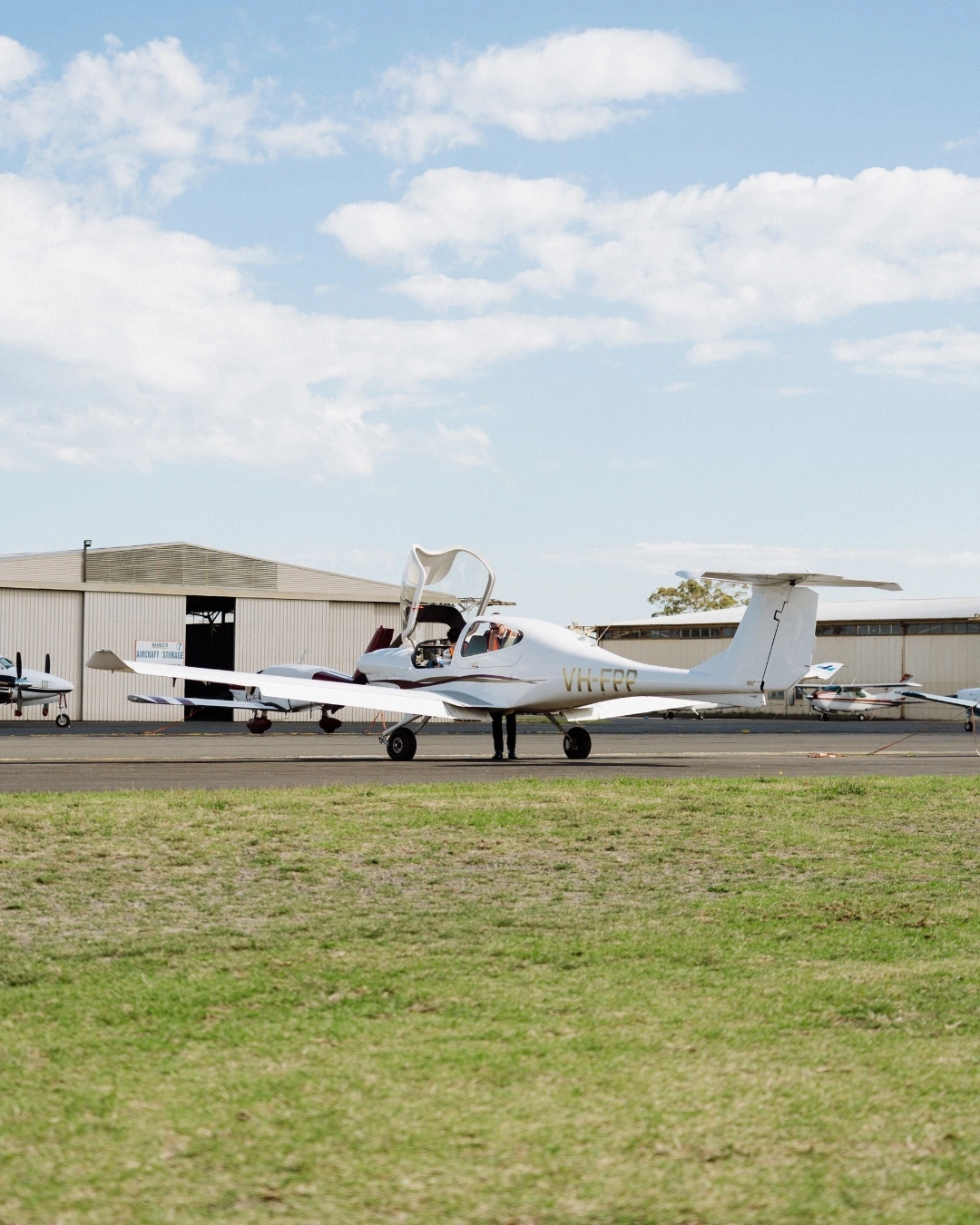
November 04, 2023
The Importance of Meteorology for Pilots
Australia’s vast and diverse landscapes offer breathtaking beauty from the air, but they can also present unique challenges to pilots. From arid Outback to rugged coastline, ever-changing weather patterns can significantly impact aviation operations. Let’s explore the importance of meteorology in the Australian aviation industry and why pilots must have a deep understanding of weather patterns to ensure safe and efficient flights.
Meteorology in Aviation: What is It?
Defining Meteorology
Meteorology is defined as the scientific study of the Earth’s atmosphere, focusing on weather patterns, atmospheric conditions, and their effects. In aviation, meteorology plays a pivotal role in understanding the atmospheric dynamics that can impact flight operations. It’s all well and good to be able to operate an aeroplane, but without a strong knowledge of meteorological conditions, flying can be extremely dangerous. It’s like taking a ship to sea with no knowledge of waves, currents and tides.
Why is Meteorology Important?
Safety First
Safety is always top of mind in aviation. Understanding meteorology is crucial for ensuring the well-being of everyone on board. Weather conditions can change rapidly, leading to turbulence, icing, thunderstorms, and more. Pilots must be able to anticipate and respond to these conditions in a controlled, prepared manner to ensure a safe journey.
Efficient Flight Planning
Aside from safety considerations, understanding meteorology has a significant effect on efficiency. A comprehensive knowledge of meteorology allows pilots to plan the most fuel-efficient routes, optimize altitudes, and choose the best time for takeoff and landing. This not only saves time but also reduces operational costs and environmental impact.
Weather-Related Delays
Meteorology helps pilots anticipate potential weather-related delays. By staying informed about weather conditions along their route, pilots can make necessary adjustments to their flight plans, such as re-routing or altering altitudes, to minimize disruptions.
Meteorology in Flight School
Meteorology Modules
Flight schools in Australia prioritize meteorology as a core subject in pilot training. Meteorology modules cover a wide range of topics, including weather systems, cloud formation, atmospheric pressure, and more. These modules equip future pilots with the knowledge they need to make informed decisions in the cockpit.
Practical Application
Pilots learn to interpret weather charts, forecasts, and real-time observations. This practical training is essential for making accurate weather-related decisions during flight. Students gain hands-on experience by studying local weather patterns and how they can impact flight operations.
Emergency Preparedness
In addition to everyday operations, meteorology training helps pilots prepare for emergency situations. Being able to navigate through unexpected weather events, such as thunderstorms or icing conditions, is a critical skill that meteorological education fosters.
Meteorology and the Pilot Interview
Knowledge Assessment
When aspiring pilots interview for positions with airlines or charter companies, they can expect to undergo rigorous assessments of their meteorological knowledge. Interviewers may present weather scenarios and ask candidates to explain their decisions. It’s crucial that pilots have a strong grasp of this knowledge is to secure employment. At Learn to Fly, we offer an Airline Interview Coaching Session, specifically designed to help you prepare for these interviews. The coaching session covers the interview process, typical questions and the essential knowledge you need to ace the interview, like meteorology.
Continuous Learning
Meteorology isn’t a subject to master solely for the interview; it’s an area of ongoing learning. Aviators are expected to stay up-to-date with the latest weather data, forecasts, and technology for weather analysis throughout their careers. It’s important not to treat this area of study as a box you need to tick. Allow yourself to be fascinated by the weather, and make yourself want to know more.
Taking Meteorology Seriously
Never Underestimate Weather
Pilots must always remember that weather is a force of nature that cannot be controlled. Ignoring or underestimating weather conditions can have dire consequences. Respect for weather systems and their potential impact is fundamental in aviation.
Continuous Education
Even after flight school and pilot interviews, pilots must continuously educate themselves about meteorology. They should stay informed about evolving technologies, weather tools, and best practices in meteorological decision-making. CASA regularly publish new content regarding weather and forecasting that can help keep you up to date, you can find it on their website.
Collaboration and Support
Collaboration among crew members is vital. Effective communication among pilots, flight dispatchers, and air traffic controllers ensures that everyone is on the same page regarding weather conditions and operational decisions.
Conclusion
Meteorology is not just an academic discipline; it’s a critical skill. Strong meteorological knowledge can make all the difference in aviation safety and efficiency. The ever-changing weather patterns in Australia’s diverse landscape necessitate a deep understanding of meteorology. Whether you’re a student pilot, a seasoned aviator, or someone considering a career in aviation, remember that meteorology is not just a module—it’s your ally in ensuring that you navigate the skies safely and with confidence. So, embrace the skies with your meteorological knowledge, and may your flights always be clear, smooth, and well-informed.








